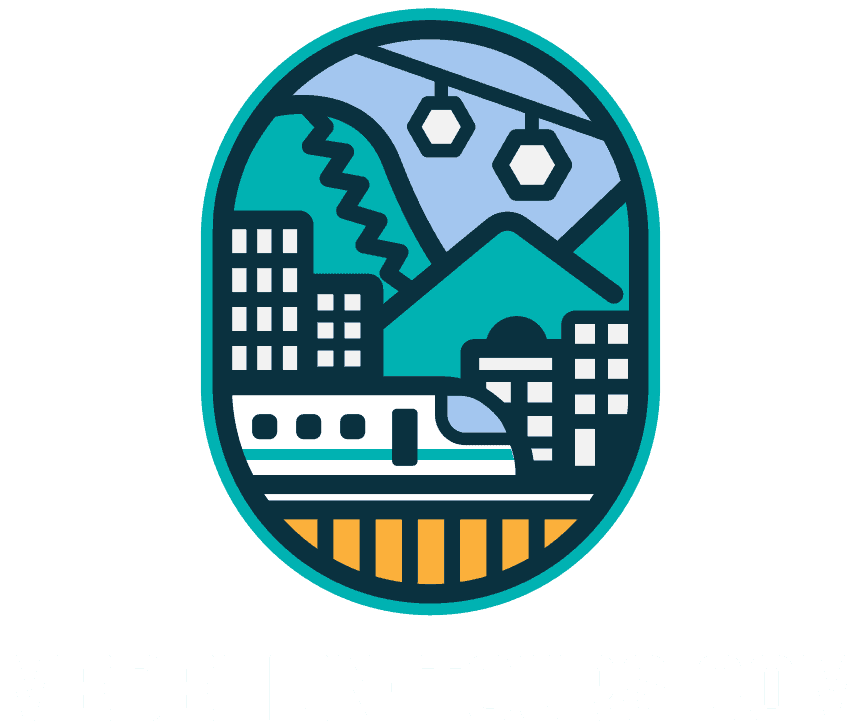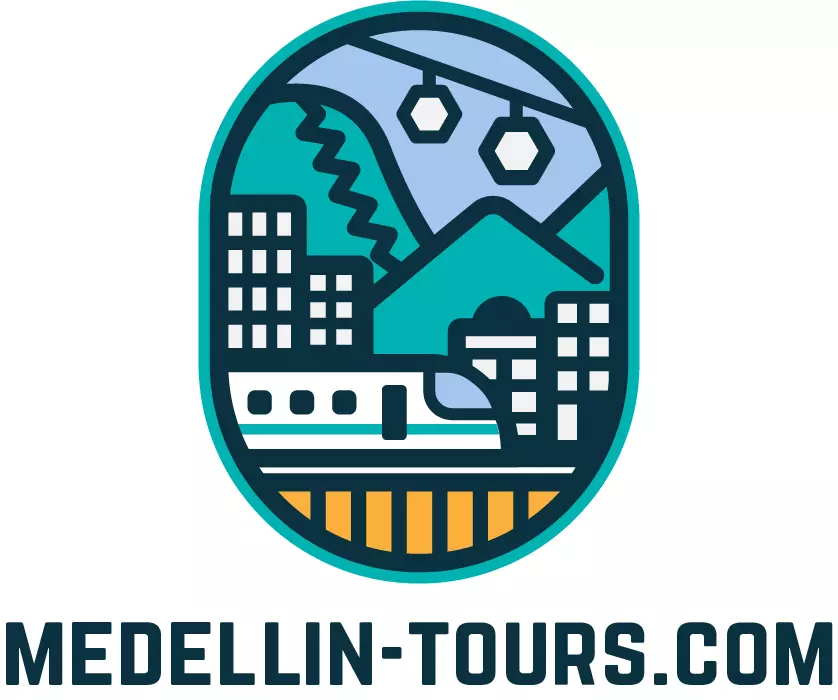
What To Expect During The Medellín, Before and After Pablo Escobar tour:
The tour will start when your guide picks you up from your hotel. You’ll be riding around the city in a private car, so there’s no need to worry about calling taxis or navigating public transport. Since the guide will be fluent in both English and Spanish, you’ll have someone there to describe historical facts, give you first-hand information about the city, and translate whenever needed.
Live an unforgettable experience in our guided tour, which includes panoramic visits to properties of the Escobar Family, stopping at key sites including the house where he died and the cemetery where he is buried alongside his family. We’ll also explore the Memorial Park, once the Monaco building, Escobar’s home, bombed in 1984 by the Cali cartel and we’ll pass by the Virgin of Assassins, known back in the days by the “sicarios” that visited her to pray for protection. Additionally, we’ll take a closer look at the neighborhood that bears his name and learn about the impact that he had on the community. Throughout the tour, our guide will provide historical context and gain a deeper understanding of the complexities surrounding this controversial figure.
A Closer Look At The Highlights Of The History Of Pablo Escobar Tour
Pablo Emilio Escobar Gaviria was a pioneer in industrial-level cocaine trafficking. Known as “El Patrón,” he ran the Medellín Cartel from the 1970s to the early 1990s. He was involved in every link of cocaine production, from the acquisition of coca base paste in the Andean countries to supplying a buoyant market for the drug in the United States.
- Museo Pablo Escobar:
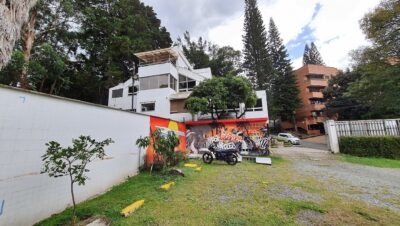 The Pablo Escobar Museum is managed by Roberto Escobar, alias El Osito, brother of the late drug trafficker Pablo Escobar.
The Pablo Escobar Museum is managed by Roberto Escobar, alias El Osito, brother of the late drug trafficker Pablo Escobar.
Here the story of the infamous drug lord Pablo Escobar is told by his family, and many of the drug lord’s eccentricities are on display, such as antique cars, motorcycles, and even a false wall that once served as his hideout.
Here you can see a collection of more than 90 photographs, a jet ski, James Bond’s mythical motorcycle, and even the first car used by the drug lord with several bullet holes.
- Parque Memorial inflexión, once the Monaco building:
 The building, which ceased to exist on February 22, 2019, thanks to an implosion that lasted just over three seconds, was a symbol of the power of the Medellin Cartel in the city and also a painful reminder of the narcoterrorism that marked the lives of the ‘paisas’ and Colombia as a whole.
The building, which ceased to exist on February 22, 2019, thanks to an implosion that lasted just over three seconds, was a symbol of the power of the Medellin Cartel in the city and also a painful reminder of the narcoterrorism that marked the lives of the ‘paisas’ and Colombia as a whole.
Now the Monaco Building is home to the Inflexión Memorial Park, a new symbol that speaks of the resilience of a city that suffered more than 7,200 homicides in a single year (1991), of the paradigm shift in the social imaginary of its inhabitants, and of the courage of the families of the more than 46,612 fatal victims of drug trafficking.
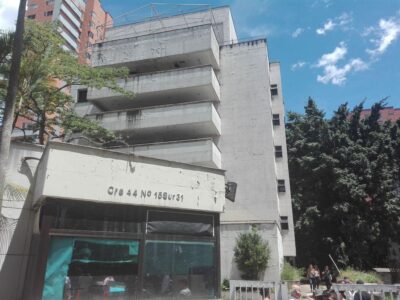
The park is divided into 3 main moments: La escencia (the essence): It is the main entrance of the park and is done through the “Path of Heroes” a main path accompanied by 9 “monoliths”.
Inflexión (The Inflexion): It is the most important and solemn moment of the space. A black stone wall 70 meters long and 5 meters high, composed of 4 large breaks, divides the park in two. The north side is perforated by 46,612 ORIFICES, EACH OF THESE OPENINGS REPRESENT A DEADLY VICTIM of the violence that occurred during this period; at night these perforations are illuminated from inside the wall forming a constellation of anonymous light that represent and connect each of the absent lives with those who visit the place.
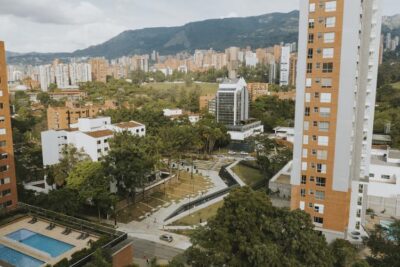 Bosque de la Resiliencia (Forest of Resilience): An urban forest with tree species from different parts of the country, it is a natural space that pays tribute to the resistance and capacity of society to overcome the difficulties and painful moments it has experienced and how its resilient spirit provides opportunities to generate new directions and perspectives.
Bosque de la Resiliencia (Forest of Resilience): An urban forest with tree species from different parts of the country, it is a natural space that pays tribute to the resistance and capacity of society to overcome the difficulties and painful moments it has experienced and how its resilient spirit provides opportunities to generate new directions and perspectives.
- Pablo Escobar Neighborhood
 Contrary to what might be expected from a capo dedicated to illicit activities, Escobar refused to remain anonymous, and, claiming the role of “man of the people”, he built a neighborhood called “Medellín sin Tugurios” or as its inhabitants call it “Pablo Escobar’s neighborhood” for the victims of the Moravia fire in Medellín. This allowed him to obtain the votes that made him deputy mayor of the Medellín City Council.
Contrary to what might be expected from a capo dedicated to illicit activities, Escobar refused to remain anonymous, and, claiming the role of “man of the people”, he built a neighborhood called “Medellín sin Tugurios” or as its inhabitants call it “Pablo Escobar’s neighborhood” for the victims of the Moravia fire in Medellín. This allowed him to obtain the votes that made him deputy mayor of the Medellín City Council.
In the hills of Medellín, a neighborhood that for 37 years was forgotten by the State, live some 16,000 people, some of whom still remember with gratitude the most feared capo in Colombian history, Pablo Escobar Gaviria, who was, for some of the inhabitants of this popular sector in the central-eastern part of the capital of Antioquia, their “Colombian Robinhood”.
What To Bring For The History Of Pablo Escobar Tour:
- Shoes that are suitable for walking. These could include structured sandals, tennis shoes, sneakers, and so on. Keep in mind that some of the walking will be on steep hills, so plan accordingly.
- Sunscreen, a broad-brimmed hat, sunglasses, or other forms of sun protection. Medellín is a sunny city, and you’ll be spending plenty of time out of doors.
- An umbrella or waterproof jacket. The weather can be unpredictable, so it’s recommended to prepare for random showers.
- A cash belt or fanny pack that’s big enough to keep your essentials in (wallet, phone, etc.). Petty crime is an issue in most tourist hotspots, so it’s best to take precautions with your valuables.
- Cash in Colombian pesos. If you want to make any purchases while you’re out and about (such as snacks, beverages, or souvenirs), your best bet is to use cash rather than a credit or debit card.
